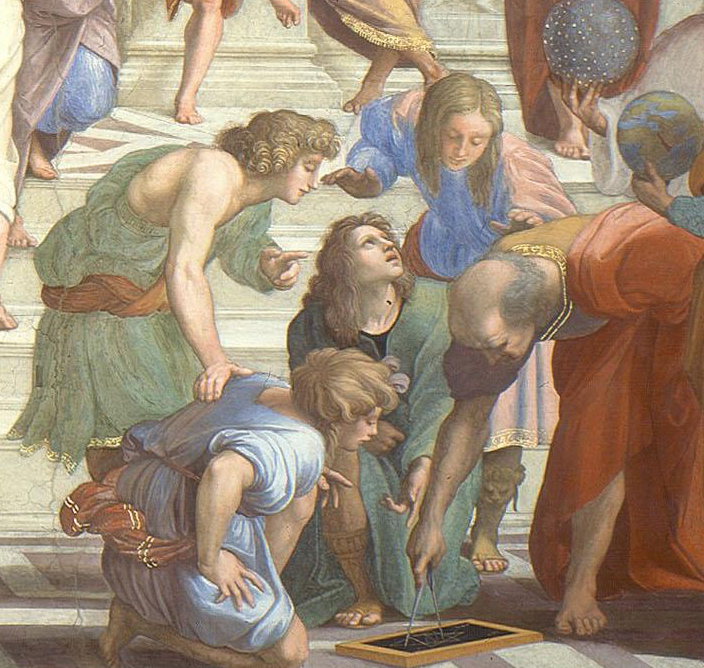In some ways, it is unjust to compare the paintings of one country — England — with the works by artists from nations as different as France, Sweden, Russia, Belgium and Spain. They all share a common cultural and artistic hertiage, but each worked in traditions native to their own country, and often found their source of narrative content in the histories and traditions of their own lands.
The painting in the Narrative Continental Art room might be summarized as follows:
Heroism in defeat (Surprise Attack at Dawn)
Plotting an arranged royal marriage (The Russian Bride’s Attire)
The holy man’s audience (Holy Week in Seville)
The fate of the vanquished (Pollice Verso)
Riches or ruin (Valdemar Atterdag Holding Visby to Ransom)
Workers and wastrels (A l’aube)
All of the narrative art traditions inherited from Renaissance painting — realism, perspective, the Significant Instant, “Instruct by Pleasing” — were in full force in continental painting until the end of the nineteenth century, when the Impressionists began to alter or abandon those values. Except for a brief resurgence of traditional technique and values that appeared in the 1930s under the banner of “Social Realism” — a style with strong political and even propagandistic motives — narrative art has not recovered its absolute hegemony that it enjoyed during the first decades of the nineteenth century.
Click the image or text below for a full view and discussion















